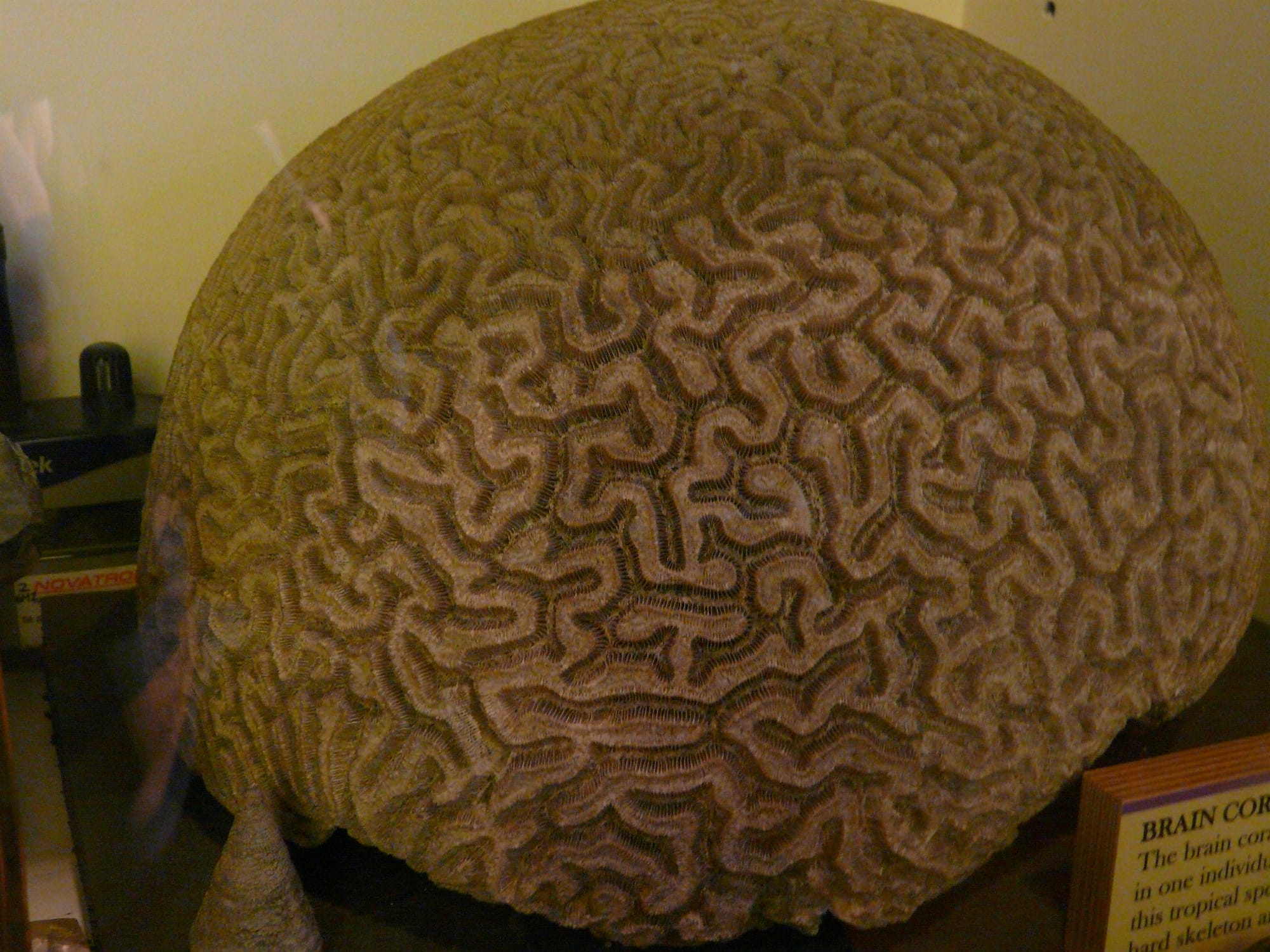
For the final tale of Season 6, I want to return once more to human play. We touched on it briefly earlier, but I want to discuss it some more, especially in the context of human physiology (compared to behavior, which has been a large part of my focus this season) and its contribution to it.
The human brain makes up only about 2% of our total body weight, but on average consumes 20% of the energy we consume. In terms of basic anatomy, our brains are not significantly different from those of other mammals, except in terms of relative size. It contains a combination of glial cells (mainly used for structural and metabolic support) and neurons, which send and receive electrical and chemical signals that allow the nervous system to function.
In humans, play behavior has an important role in shaping the construction of the brain’s connectivity. This is because the connections are all that are left to work with. The vast majority of neuron cells produced in mammalian brains form during embryonic development. Unlike other cell types, such as skin, blood, and even bone, nerve cells do not undergo mitosis or cell division as a way to replace cells that are damaged, destroyed, or wear out. This is part of the reason why damage to the central nervous system can be so catastrophic; damaged neurons can’t be replaced the same way other damaged tissues can. Neurogenesis, the production of new neurons, has been documented in adult individuals, but at very low levels.
However, just because we do not create many new neurons over the course of our lives, does not mean that we cannot shape and develop our brain. Much of the brain’s function depends on the connections formed between neurons. Depending on the specific type of nerve cell, each individual neuron can have hundreds or even thousands of these connections. These occur at a site known as a synapse, which allows the chemical or electrical signal of one neuron to pass on to another one in sequence.
In developing brains, like those of human children or the juvenile animals featured several times this season, the physical form of the brain and the connections of the neurons can be changed and manipulated much more easily. As an individual ages, changes to the brain become more difficult and less permanent (this is why, for example, it requires more effort to learn a new language after reaching adulthood compared to learning it at a younger age). The degree to which the brain can change over a lifetime is referred to as ‘neuroplasticity’. Plasticity is a term used in physics, the opposite of elasticity. If something is elastic, then it is able to revert back to its original shape after being deformed. Thus, if something is ‘plastic’ it instead tends to retain its altered shape.
The extent of neuroplasticity in the human brain is still under study, but is is clear that at least some still exists even into adulthood (though it is obviously higher in younger children). The reason why this fascinates me is because of the relationship between brain structure and play behavior. Although we still don’t fully understand how, play can alter the connections and mental pathways of the brain. In children, it can promote mental flexibility and adaptive problem solving. It can also play an important role in maintaining mental acuity for adults (keep in mind, however, that those ‘brain training’ services you may see advertisements for are actually offering something they can’t follow through on as there’s no scientific evidence for their claims).
The brain is a complex web of chemical and electrical signals and connections, and while we may still not know exactly how play can shape its physical form, we do know that it can. So remember again, play isn’t just something for children. It is an integral part of our continual shaping and reshaping of our own mental connections and abilities. It is important not to take such a vital tool for granted. As we get older, our bodies are less able to engage in the physical play of our youth, but mental and social play are still possible and essential for continued well-being.
I hope you all have thoroughly enjoyed this season and our exploration of the importance of play behavior as well as the many forms it takes. Let me know your thoughts on Season 6 as a whole. Do you feel it held up well as a stand alone topic? What kinds of other topics or themes would you be interested in having me tell stories about? In addition to preparing for the next season of stories, I will be busy with a special Nature Stories project in the coming weeks. I’ll tell you more about it when I return for Season 7.